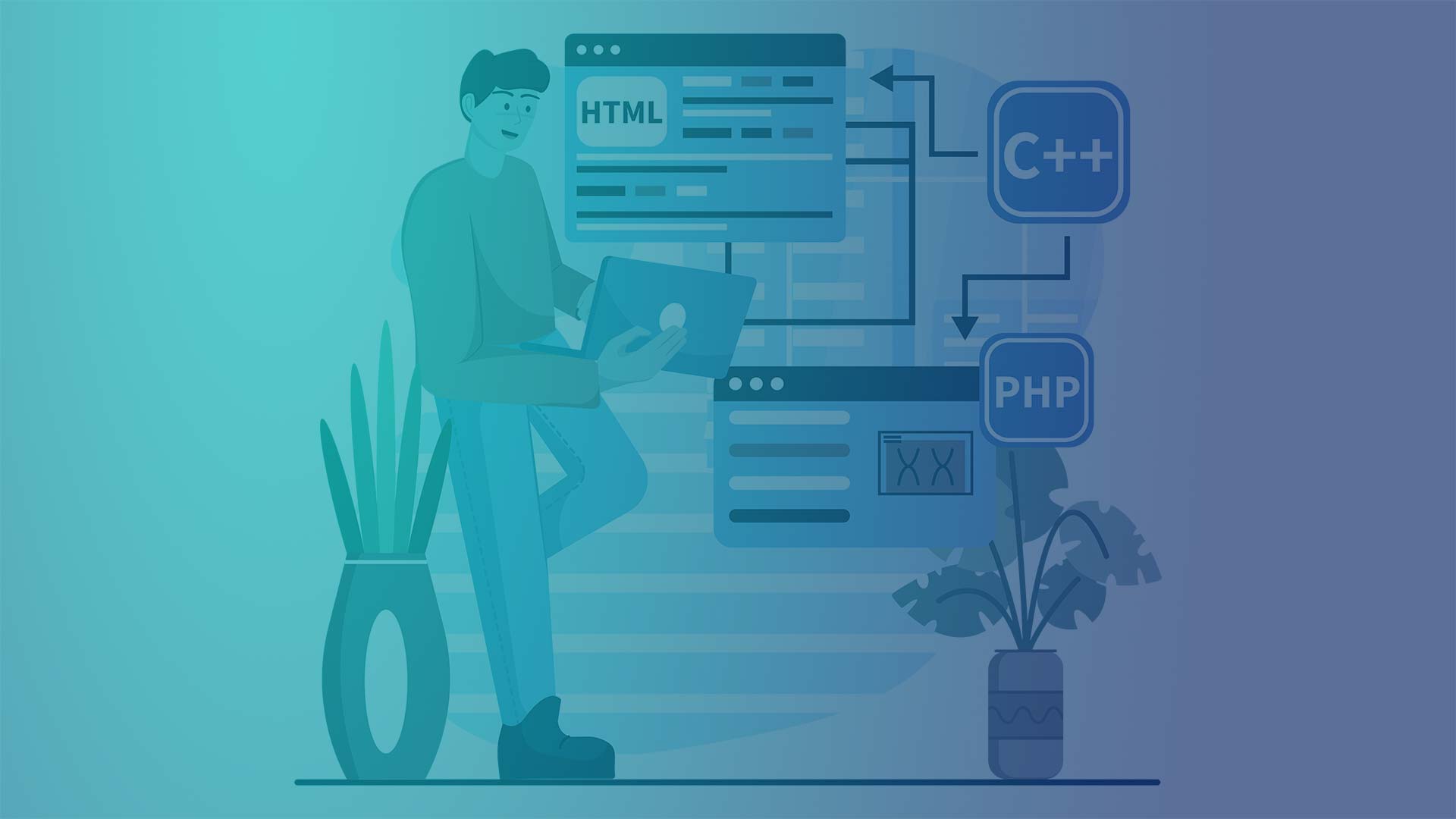Thinking about a WordPress website redesign? It’s more than just a fresh coat of paint; it’s about aligning your website with your current business goals and creating a better experience for your users. Whether you’re just starting out or your website has been around a while, it’s crucial to understand the ins and outs of a WordPress website redesign so you can make strategic decisions for success.
Table of Contents:
- Why WordPress Website Redesigns Matter
- Laying the Groundwork for Your WordPress Website Redesign
- Bringing Your Vision to Life
- WordPress Website Redesign: Next Steps
- Conclusion
Why WordPress Website Redesigns Matter
Have you ever landed on a website that looks like it’s stuck in the 90s? Maybe the fonts are hard to read, or you’re endlessly clicking around trying to find information. Frustrating, right?
Now imagine that’s YOUR website. You’re potentially losing out on leads and customers because your site doesn’t provide a user-friendly experience. This is where a WordPress website redesign saves the day.
A strategic redesign breathes new life into your online presence and gives you the chance to implement those long overdue updates. It ensures a website that’s visually appealing, easy to navigate, and optimized to rank well in Google Search results. Plus, a redesign lets you easily add exciting features like an online store, membership area, or improve your blog’s readability.
Laying the Groundwork for Your WordPress Website Redesign
Before jumping headfirst into picking a fancy new WordPress theme, take some time to outline a solid strategy. A successful WordPress website redesign starts with careful planning, like mapping out goals and making note of those hidden issues on your site you might not have noticed before.
1. Defining Your Goals
What do you want to accomplish with your redesign? Are you hoping for more leads, a surge in online sales, or maybe a better search engine ranking?
Getting clear on what success looks like is an important first step to crafting a plan. This also includes identifying those key metrics to measure your website’s progress once those exciting changes go live on your live website.
2. Understanding Your Audience
Who are you trying to reach? Understanding your ideal website visitor will give you better insight into what elements they’ll respond to.
This could be the site’s layout, the overall tone of your content, or even what type of visuals resonate with them the most. For example, a younger audience might appreciate bold graphics and playful micro-interactions on a website, while a more mature audience might prefer clean, simple layouts, and muted tones.
3. Conducting a Thorough Website Audit
This step involves a comprehensive review of your current design to determine what’s working well (and not-so-well). Factors like your site speed, site structure, content performance, and user experience elements come into play here.
Many online tools help identify any areas that could benefit from optimization, allowing you to address those problem spots early on as you move into the redesign phase. Before going live with your new website, consider creating a staging site as a test site to check for any broken links.
Bringing Your Vision to Life
You have a good understanding of where you want to go with this redesign project. Now it’s time to dig into those exciting creative elements.
1. Prioritizing Content
Content is king in the online world. High-quality content is critical for any website. When considering what to include (or update) during your WordPress website redesign, ask yourself whether it serves a purpose and provides real value to your readers.
Focus on crafting content that answers your audience’s questions, shares valuable knowledge, and helps position your brand as a trustworthy voice in your industry. Don’t be afraid to install WordPress locally as you get started so you can test things out.
2. Search Engine Optimization (SEO) Considerations
Optimizing your website during the redesign process is crucial. In addition to those insightful blog posts, you’ve carefully crafted, also prioritize optimizing elements like the page titles and meta descriptions that appear on those search engine results pages.
Google Search Console offers users a convenient (and free.) way to keep track of those behind-the-scenes elements. Plus, using a dedicated WordPress SEO plugin is another effective approach that guides you through various aspects of your SEO strategy.
WordPress Website Redesign: Next Steps
So there you have it – we’ve explored those core steps in redesigning a WordPress site, but what’s next? Remember, redesigning your website isn’t a one-time project, but an ongoing endeavor to provide a great user experience, keep your content relevant, and align your website with the ever-evolving online world.
Conclusion
A WordPress website redesign is more than just changing things up – it is about breathing new life into your site and engaging with your audience more effectively. From that first spark of an idea all the way through implementing each strategic step, every decision made should be done with purpose to propel your online presence forward. A website redesign will ultimately help your business grow.










